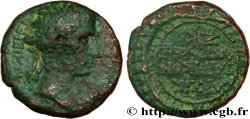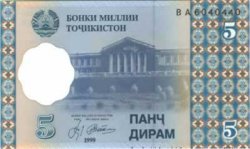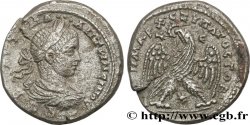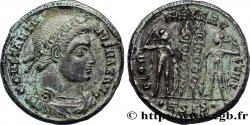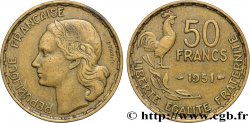MONNAIES 28 (2007)
Startpreis : 350.00 €
Schätzung : 550.00 €
Erzielter Preis : 650.00 €
Anzahl der Gebote : 4
Höchstgebot : 650.00 €
Startpreis : 350.00 €
Schätzung : 550.00 €
Erzielter Preis : 650.00 €
Anzahl der Gebote : 4
Höchstgebot : 650.00 €
Type : Cistophore
Datum: c. 24-20 AC.
Name der Münzstätte / Stadt : Asie, Éphèse
Metall : Silber
Der Feingehalt beträgt : 950 ‰
Durchmesser : 25 mm
Stempelstellung : 1 h.
Gewicht : 11,81 g.
Seltenheitsgrad : R1
Kommentare zum Erhaltungszustand:
Bel exemplaire sur un flan large
N° im Nachschlagewerk :
Vorderseite
Titulatur der Vorderseite IMP. - CAE-SAR.
Beschreibung Vorderseite Tête nue à droite (O°).
Übersetzung der Vorderseite “Imperator Cæsar”, (L’empereur césar).
Rückseite
Titulatur der Rückseite AVGVSTVS AU-DESSUS DE L’AUTEL.
Beschreibung Rückseite Autel de Diane (Artémis) paré de guirlandes et orné de deux biches affrontées.
Übersetzung der Rückseite “Augustus”, (Auguste).
Kommentare
Poids léger. Pour ce type, les auteurs du Roman Provincial Coinage ont répertorié 123 pièces pour 72 coins de droit. C. H. V. Sutherland dans son étude avait recensé 115 cistophores avec 102 numéros, 71 coins de droit et 91 coins de revers. Même coin de droit que l’exemplaire de la vente Glendining du 1er décembre 1927, n° 52. Au revers, nous avons une petite bavure caractéristique le long du grènetis. C’est un coin de revers nouveau.
Lightweight. For this type, the authors of the Roman Provincial Coinage listed 123 coins for 72 obverse dies. CHV Sutherland in his study had identified 115 cistophores with 102 numbers, 71 obverse dies and 91 reverse dies. Same obverse die as the copy of the Glendining sale of December 1, 1927, no. 52. On the reverse, we have a small characteristic burr along the roughening. It's a new backhand corner
Lightweight. For this type, the authors of the Roman Provincial Coinage listed 123 coins for 72 obverse dies. CHV Sutherland in his study had identified 115 cistophores with 102 numbers, 71 obverse dies and 91 reverse dies. Same obverse die as the copy of the Glendining sale of December 1, 1927, no. 52. On the reverse, we have a small characteristic burr along the roughening. It's a new backhand corner







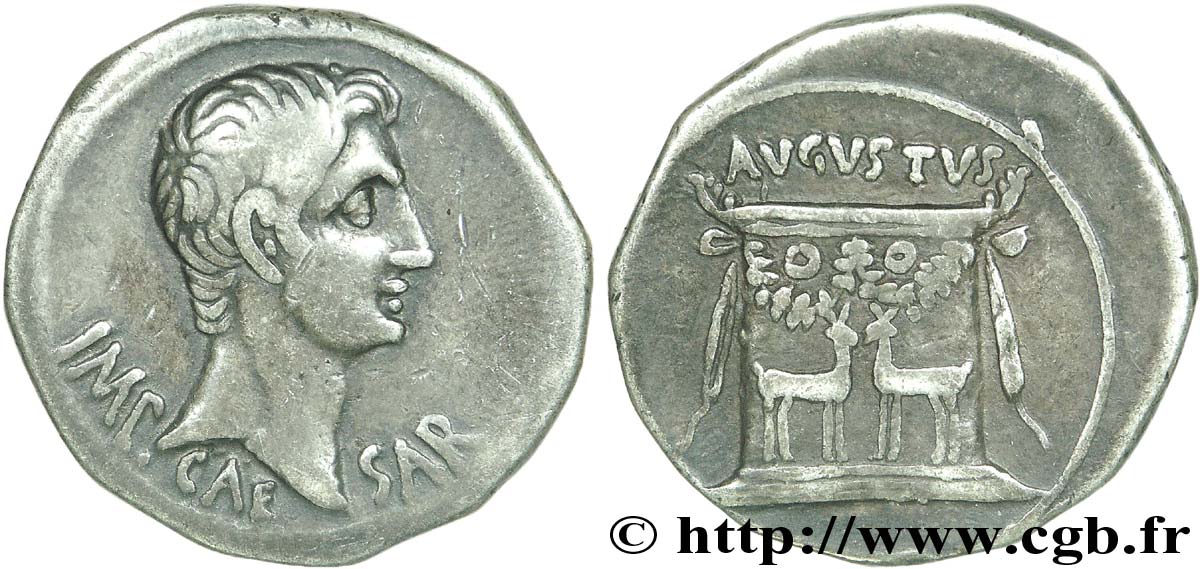
 Berichten über einen Fehler
Berichten über einen Fehler Die Seite drucken
Die Seite drucken Teilen meiner Auswahl
Teilen meiner Auswahl Stellen Sie eine Frage
Stellen Sie eine Frage Einlieferung/Verkauf
Einlieferung/Verkauf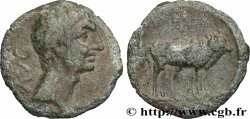
 Details
Details
